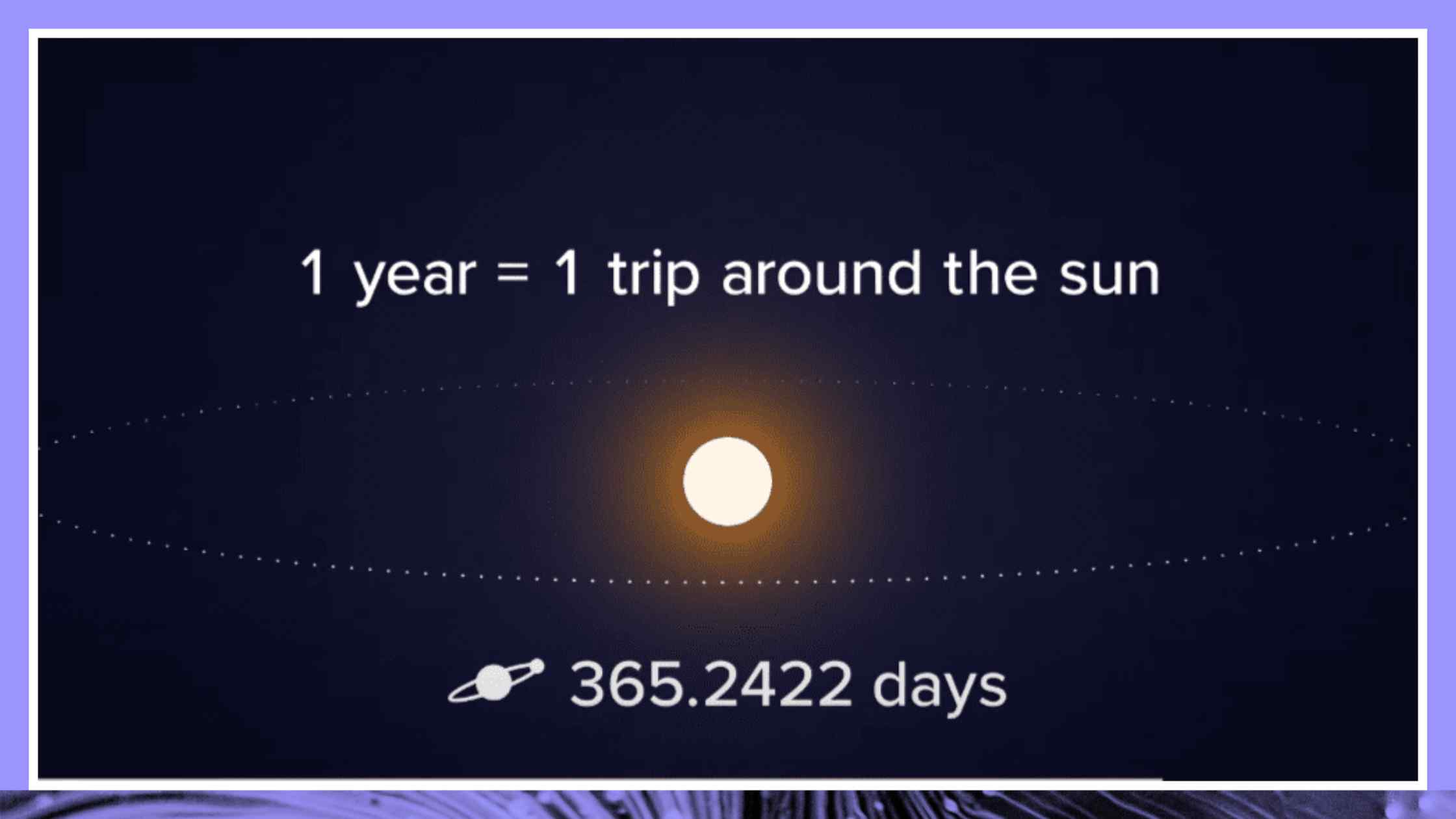Feb 29, 2024
What is a Leap Year, and Why do they Happen?

A leap year exists, in large part, to keep the months in sync with annual events, including equinoxes and solstices. Read the transcript here.
[inaudible 00:00:00] February 29th, today, only comes around once every four years. But why do we have leap years?
Speaker 2 (00:06):
13 On Your Side’s Veronica Ortega does the math.
Veronica Ortega (00:10):
2024 is a leap year, and the question arises, why do we have leap years? Well, the Earth takes one year to revolve around the sun, right? Not exactly. It actually takes 365.2422 days. So when you subtract and find the difference, it’s not zero. We realized we’re behind about 5.8 hours each year.
(00:33)
While this is a small number, over decades and centuries, this would have an impact on our calendar. In 100 years, our calendars would be off 24 days. So, for example, instead of the first day of spring being on March 19th, without leap year, it would be on February 23rd, and so on and so forth.
(00:53)
To help synchronize the time, the solution that was introduced centuries ago, we add one day every four years. Problem solved, right? Not quite. When you subtract the amount of time it takes for the Earth to complete one revolution around the sun with our solution, you find out we’re still about 11 minutes off each year. Over 100 years, our calendar would be about 18 hours off, which doesn’t sound like a huge problem. But over centuries, this would eventually throw off our calendar.
(01:23)
To help bring this number closer to zero, we’ll actually skip leap years to help realign the calendar to the solar year. But the rules are very specific. To help understand this, we can use a leap year hopscotch to solve the problem. You skip a leap year if it falls on the start of a century, unless that year is divisible by 400.
(01:45)
So, for example, every four years, we’ll acknowledge the extra day in February, but in the year 2100, we will skip that leap year since, one, it falls on the start of a century and, two, it is not divisible by 400. Back in year 2000, that was a leap year, but since it was divisible by 400, we did not skip it. This is easy to understand, right?
(02:07)
With this added solution, the current average is 365.2425, which is a lot closer to the solar year. But, unfortunately, we’re still off by decimals … To be exact, about 26 seconds … ahead each year. At this rate, it would take over 3,000 years to be off by one day, which some would say is close enough. Veronica Ortega, 13 On Your Side.
Transcribe Your Own Content
Try Rev and save time transcribing, captioning, and subtitling.



